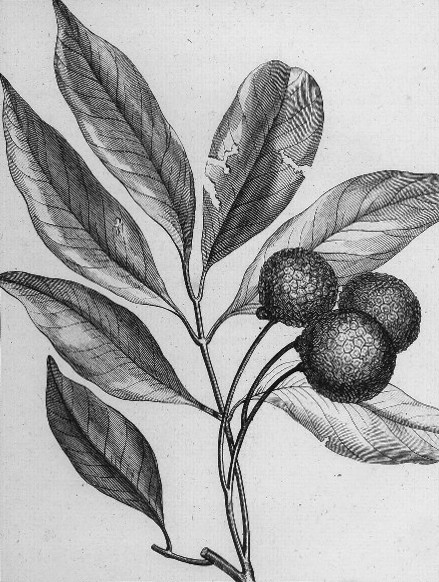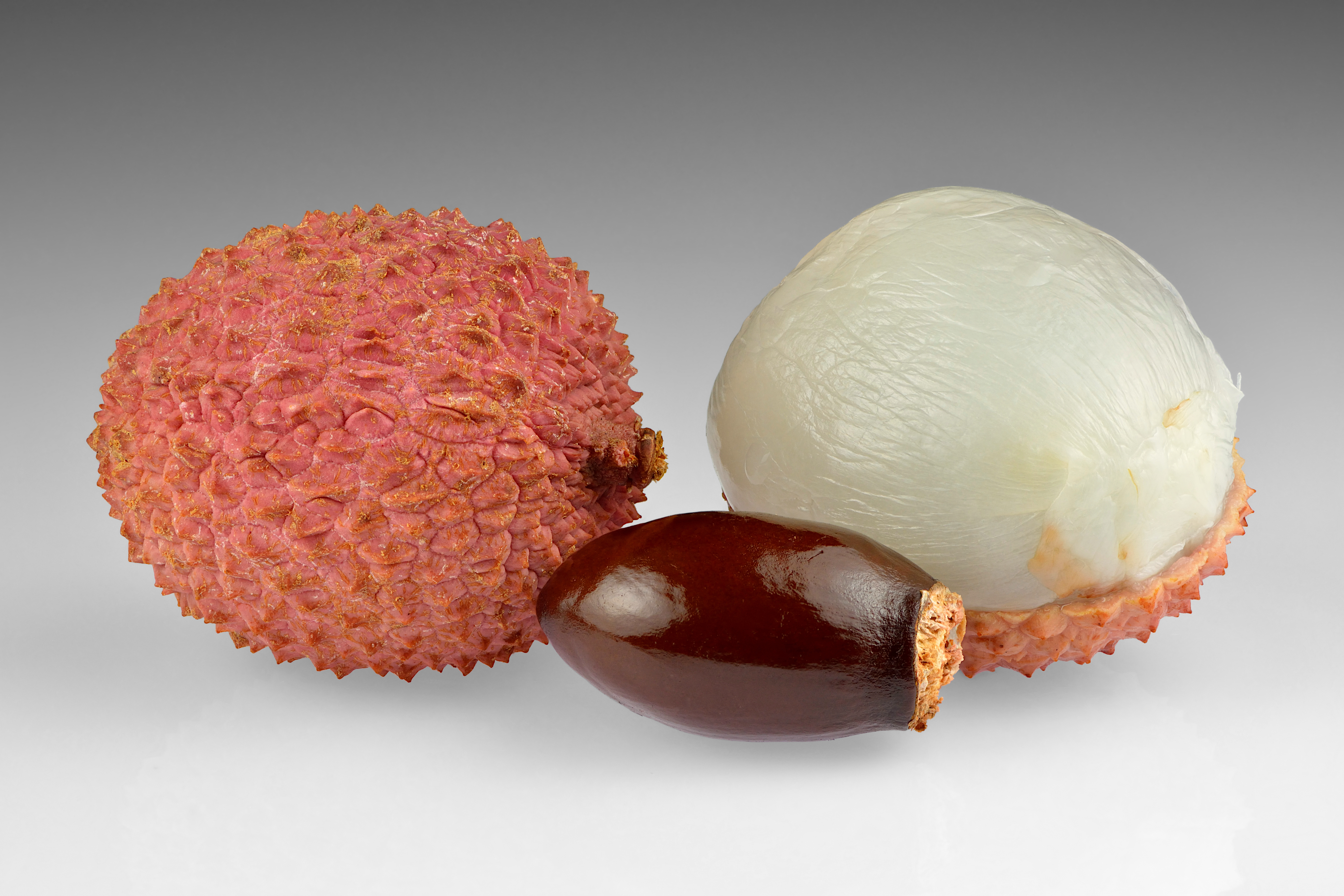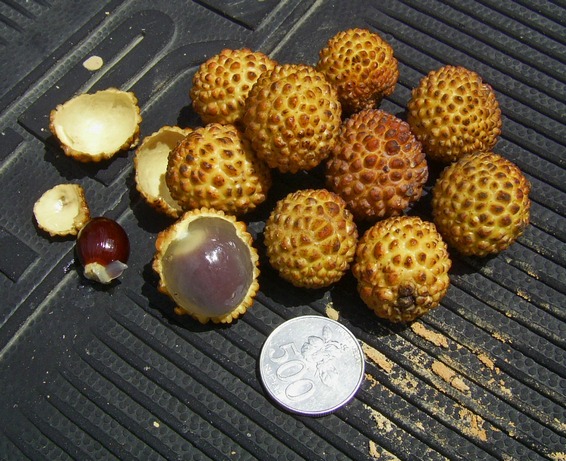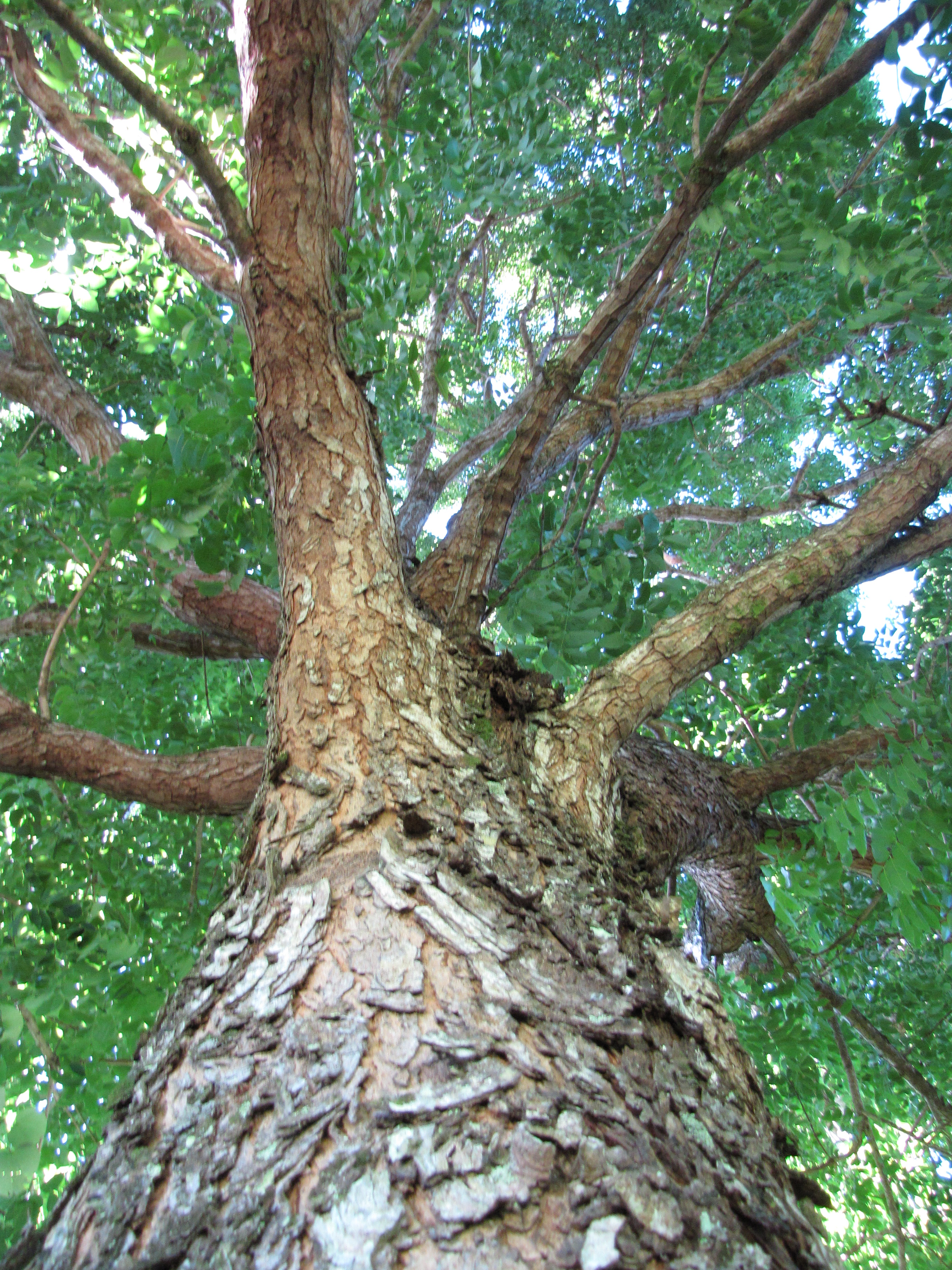|
Conopomorpha Cramerella
''Conopomorpha cramerella'', the cocoa pod borer, is a moth of the family Gracillariidae. It is known from Saudi Arabia, China, India (West Bengal, Andaman Islands), Thailand, Brunei, Indonesia (Sumatra, Sulawesi, Papua, Papua Barat, Java, Kalimantan, Moluccas), Malaysia (Peninsula, Sarawak, Sabah), Vietnam, Australia, New Britain, the Philippines, Samoa, the Solomon Islands, Sri Lanka, Vanuatu, and Australia (Northern Territory). The larvae feed on '' Cynometra cauliflora'', ''Swietenia'' species, '' Dimocarpus longan'', ''Litchi chinensis'', '' Nephelium lappaceum'', '' Nephelium litchi'', '' Nephelium malainse'', '' Nephelium mutabile'', '' Pometia'' species (including '' Pometia pinnata''), ''Cola'' species and ''Theobroma cacao ''Theobroma cacao'' (cacao tree or cocoa tree) is a small ( tall) evergreen tree in the Malvaceae family. Its seedscocoa beansare used to make chocolate liquor, cocoa solids, cocoa butter and chocolate. Although the tree is native to the tropi .. ... [...More Info...] [...Related Items...] OR: [Wikipedia] [Google] [Baidu] |
Rambutan
Rambutan ( ; ; ''Nephelium lappaceum'') is a medium-sized tropical tree in the family Sapindaceae. The name also refers to the edible fruit produced by this tree. The rambutan is native to Southeast Asia. It is closely related to several other edible tropical fruits, including the lychee, longan, pulasan, and quenepa. Description It is an evergreen tree growing to a height of . The leaves are alternate, long, pinnate, with three to eleven leaflets, each leaflet wide and broad with an entire margin. The flowers are small, , apetalous, discoidal, and borne in erect terminal panicles wide. Rambutan trees can be male (producing only staminate flowers and, hence, produce no fruit), female (producing flowers that are only functionally female), or hermaphroditic (producing flowers that are female with a small percentage of male flowers). Fruit The fruit is a round to oval single-seeded drupe, long, rarely to long and broad, borne in a loose pendant cluster of ten t ... [...More Info...] [...Related Items...] OR: [Wikipedia] [Google] [Baidu] |
Solomon Islands
Solomon Islands, also known simply as the Solomons,John Prados, ''Islands of Destiny'', Dutton Caliber, 2012, p,20 and passim is an island country consisting of six major islands and over 1000 smaller islands in Melanesia, part of Oceania, to the northeast of Australia. It is directly adjacent to Autonomous Region of Bougainville, Bougainville, a part of Papua New Guinea to the west, Australia to the southwest, New Caledonia and Vanuatu to the southeast, Fiji, Wallis and Futuna, and Tuvalu to the east, and Nauru and the Federated States of Micronesia to the north. It has a total area of 28,896 square kilometres (11,157 sq mi), and a population of 734,887 according to the official estimates for mid-2023. Its capital and largest city, Honiara, is located on the largest island, Guadalcanal. The country takes its name from the wider area of the Solomon Islands (archipelago), Solomon Islands archipelago, which is a collection of Melanesian islands that also includes the Autonomous ... [...More Info...] [...Related Items...] OR: [Wikipedia] [Google] [Baidu] |
Pometia (plant)
''Pometia'' is a genus of 2 species of rainforest trees, constituting part of the plant family Sapindaceae. Description They are large trees, which are monoecious, usually with buttress roots, with red exudate (substance like resin, pouring out of the trunk) when cut. The leaves are paripinnate, arranged alternate, sessile (without stalk). The leaflets are usually in many pairs, with the first pair (near base) small, like stipules, others evidently larger, usually serrate. The leaves have many lateral veins, extending to tips of dentate margins and parallel. The thyrses (flower on the branch) is terminal (at the end) or axillary (on a leaf joint). The flowers are unisexual and actinomorphic (radially symmetrical). The calyx is cupular (cup shaped). The sepals are half connate and valvate. It has 5 petals, usually broadly obovate or subtriangular, without scales or with 1 gland adaxially. The (flower) disk is annular and 5-lobed. It has 5 stamens (or male flowers) which are long e ... [...More Info...] [...Related Items...] OR: [Wikipedia] [Google] [Baidu] |
Nephelium Mutabile
''Nephelium ramboutan-ake'', the pulasan, is a tropical fruit in the soapberry family Sapindaceae. It is closely related to the rambutan and sometimes confused with it. Other related soapberry family fruits include lychee and longan. Usually eaten fresh, it is sweeter than the rambutan and lychee, but very rare outside Southeast Asia. Description The name ''pulasan'' comes from the Malay word ''pulas'' (twist), related to the Visayan ''pulas'' (take off, remove) and Tagalog ''pilas'' (rip, tear). The fruit is opened through the act of twisting the fruit with both hands, thus the name ''pulasan''. The pulasan tree is an ornamental. It attains a height of 10–15 m and has a short trunk to 30–40 cm thick. The branchlets are brown and hairy when young. The alternate leaves, pinnate or odd-pinnate, are 17–45 cm long, have 2 to 5 pairs of opposite or nearly opposite leaflets, are oblong or elliptic-lanceolate, 6.25-17.5 cm long and up to 5 cm wide; slight ... [...More Info...] [...Related Items...] OR: [Wikipedia] [Google] [Baidu] |
Nephelium Malainse
''Nephelium'' is a genus of about 25 species of flowering plants in the family Sapindaceae, native to southeastern Asia. They are evergreen trees with pinnately compound leaves, and edible drupaceous fruit; one species, ''N. lappaceum'' (rambutan) is commercially important for its fruit. The genus is closely related to ''Litchi'' and ''Dimocarpus ''Dimocarpus'' is a genus of trees or shrubs in the flowering plant family Sapindaceae. It includes 7 species which grow naturally in tropical south and Southeast Asia, Malesia, Papuasia, and Australasia, including Sri Lanka, India, the Philippin ...''. ;Selected species References External linksSorting ''Nephelium'' names * * < ... [...More Info...] [...Related Items...] OR: [Wikipedia] [Google] [Baidu] |
Nephelium Litchi
Lychee ( , ; ''Litchi chinensis''; ) is a monotypic taxon and the sole member in the genus ''Litchi'' in the soapberry family, Sapindaceae. There are three distinct subspecies of lychee. The most common is the Indochinese lychee found in South China, Malaysia, and northern Vietnam. The other two are the Philippine lychee (locally called ''alupag'' or ''matamata'') found only in the Philippines and the Javanese lychee cultivated in Indonesia and Malaysia. The tree has been introduced throughout Southeast Asia and South Asia. Cultivation in China is documented from the 11th century. China is the main producer of lychees, followed by India, Vietnam, other countries in Southeast Asia, other countries in South Asia, Madagascar, and South Africa. A tall evergreen tree, it bears small fleshy sweet fruits. The outside of the fruit is a pink-red, rough-textured soft shell. Lychee seeds contain methylene cyclopropyl glycine which has caused hypoglycemia associated with outbreaks of e ... [...More Info...] [...Related Items...] OR: [Wikipedia] [Google] [Baidu] |
Nephelium Lappaceum
Rambutan ( ; ; ''Nephelium lappaceum'') is a medium-sized tropical tree in the family Sapindaceae. The name also refers to the edible fruit produced by this tree. The rambutan is native to Southeast Asia. It is closely related to several other edible tropical fruits, including the lychee, longan, pulasan, and quenepa. Description It is an evergreen tree growing to a height of . The leaves are alternate, long, pinnate, with three to eleven leaflets, each leaflet wide and broad with an entire margin. The flowers are small, , apetalous, discoidal, and borne in erect terminal panicles wide. Rambutan trees can be male (producing only staminate flowers and, hence, produce no fruit), female (producing flowers that are only functionally female), or hermaphroditic (producing flowers that are female with a small percentage of male flowers). Fruit The fruit is a round to oval single-seeded drupe, long, rarely to long and broad, borne in a loose pendant cluster of ten to twenty ... [...More Info...] [...Related Items...] OR: [Wikipedia] [Google] [Baidu] |
Litchi Chinensis
Lychee ( , ; ''Litchi chinensis''; ) is a monotypic taxon and the sole member in the genus ''Litchi'' in the Sapindus, soapberry family, Sapindaceae. There are three distinct subspecies of lychee. The most common is the Indochinese lychee found in South China, Malaysia, and northern Vietnam. The other two are the Philippine lychee (locally called ''alupag'' or ''matamata'') found only in the Philippines and the Javanese lychee cultivated in Indonesia and Malaysia. The tree has been introduced throughout Southeast Asia and South Asia. Cultivation in China is documented from the 11th century. China is the main producer of lychees, followed by India, Vietnam, other countries in Southeast Asia, other countries in South Asia, Madagascar, and South Africa. A tall evergreen tree, it bears small fleshy sweet Drupe, fruits. The outside of the fruit is a pink-red, rough-textured soft shell. Lychee seeds contain Methylene cyclopropyl acetic acid, methylene cyclopropyl glycine which has ... [...More Info...] [...Related Items...] OR: [Wikipedia] [Google] [Baidu] |
Dimocarpus Longan
''Dimocarpus'' is a genus of trees or shrubs in the flowering plant family Sapindaceae. It includes 7 species which grow naturally in tropical south and Southeast Asia, Malesia, Papuasia, and Australasia, including Sri Lanka, India, the Philippines, southern China, Taiwan, Myanmar, Cambodia, Vietnam, Malaysia, Indonesia, New Guinea, East Timor, far north-eastern Queensland, Australia. The fruit is edible, with the longan (''D. longan'') being grown commercially for fruit production. The species are large evergreen trees growing to 25–40 m tall, with pinnate leaves. The flowers are individually inconspicuous, produced in large panicles. The fruit is an oval drupe 3–5 cm long containing a single seed In botany, a seed is a plant structure containing an embryo and stored nutrients in a protective coat called a ''testa''. More generally, the term "seed" means anything that can be Sowing, sown, which may include seed and husk or tuber. Seeds ... surrounded by a translu ... [...More Info...] [...Related Items...] OR: [Wikipedia] [Google] [Baidu] |
Swietenia
''Swietenia'' is a genus of trees in the Melia azedarach, chinaberry family, Meliaceae. It occurs natively in the Neotropics, from southern Florida, the Caribbean, Mexico and Central America south to Bolivia. The genus is named for Dutch-Austrian physician Gerard van Swieten (1700–1772). The wood of ''Swietenia'' trees is known as mahogany. Overview The genus was introduced into several Asian countries as a replacement source of mahogany timber around the time it was restricted in its native locations in the late 1990s. Trade in Asian grown plantation mahogany is not restricted. Fiji and India are the largest exporters of plantation mahogany and wild mahogany remains commercially unavailable to this day. It is usually taken to consist of three species, geographically separated. They are medium-sized to large trees growing to 20–45 m tall, and up to trunk diameter. The Leaf, leaves are 10–30 cm long, pinnate, with 3-6 pairs of leaflets, the terminal leaflet absen ... [...More Info...] [...Related Items...] OR: [Wikipedia] [Google] [Baidu] |
Cynometra Cauliflora
''Cynometra cauliflora'' is a small, cauliflorous tree with a thick, heavily branched stem, and rather small flowers, about across, that appear on the stem in clusters. It is known in Indonesian as ''namu-namu'', after the flattened, crescent shaped pods, which look similar to the Indonesian pastry, namu-namu. In the city of Ternate, it is called namo-namo, and ñam-ñam in the Maldives. It is a species of the genus ''Cynometra'', native to Malaysia, and found mainly in northern peninsular Malaysia. Foliage Each leaf is made up of 2 leaflets, which if not examined closely may appear as two leaves. The leaflet is asymmetrical in shape measuring long and wide. They are glossy and smooth, dark green with pale green undersides, and are a rosy pink when young. Fruits The fruits are kidney-shaped, long and . The pod does not split open readily, but a line is visible along the fruit and divides it into two. The texture of the skin is coriaceous and uneven, colored a pale gre ... [...More Info...] [...Related Items...] OR: [Wikipedia] [Google] [Baidu] |
Larva
A larva (; : larvae ) is a distinct juvenile form many animals undergo before metamorphosis into their next life stage. Animals with indirect development such as insects, some arachnids, amphibians, or cnidarians typically have a larval phase of their life cycle. A larva's appearance is generally very different from the adult form (''e.g.'' caterpillars and butterflies) including different unique structures and organs that do not occur in the adult form. Their diet may also be considerably different. In the case of smaller primitive arachnids, the larval stage differs by having three instead of four pairs of legs. Larvae are frequently adapted to different environments than adults. For example, some larvae such as tadpoles live almost exclusively in aquatic environments but can live outside water as adult frogs. By living in a distinct environment, larvae may be given shelter from predators and reduce competition for resources with the adult population. Animals in the lar ... [...More Info...] [...Related Items...] OR: [Wikipedia] [Google] [Baidu] |








